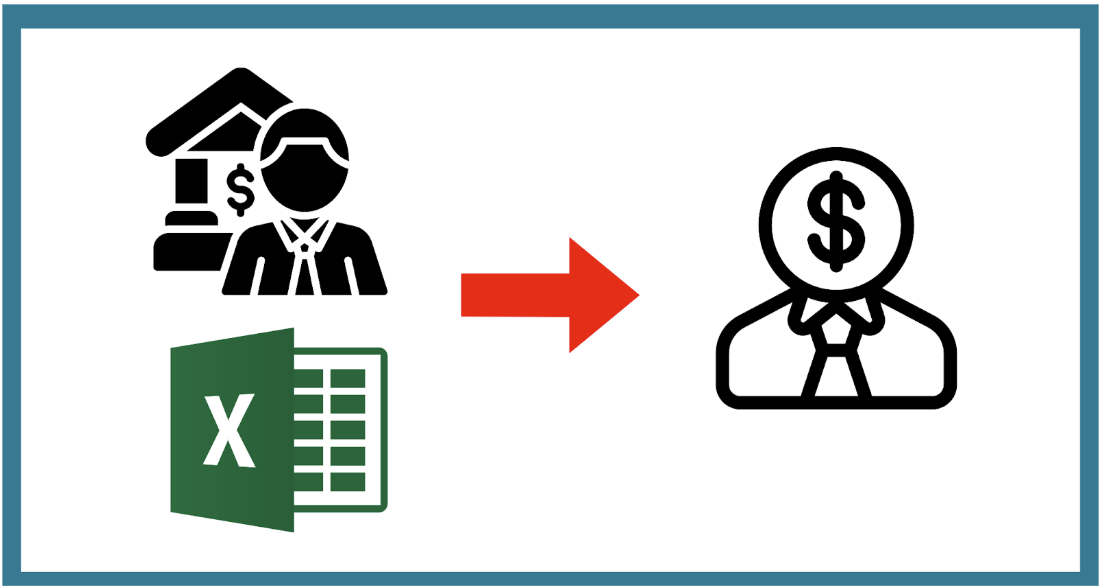Excerpt:
In our profession, a financial model’s strength lies not in its ability to crunch numbers, but in its ability to serve as a tool of communication in high-pressure decision-making situations to various stakeholders. As the architects of these models, we’re not just number crunchers; we’re storytellers, strategists, and, most importantly, providers of peace of mind. Join us as we delve into the pivotal “soft-skill” aspects of financial modeling – namely, how to make your model tell a story and understand the stories it can tell.
Financial Models as a Means of Communication is a ten-part article series that explores the topic of communication within financial models across three progressive topics: Financial models as tools of analysis; Financial models as decision-making tools, and Financial models as storytelling devices.
The series dives into the different contexts in which we, as financial modelers, find ourselves as creators of modeling tools. It asks us to reflect on various topics in communication as they relate to improving our models’ structure, quality, and output.
Part 1: Financial Models as Tools of Analysis (Articles 1,2,3)
The model from the perspective of the analyst
Our first set of articles focuses on how we, as modelers, can improve the organization, clarity, and communication of our financial models for our primary end users. You can think of these first articles as discussions related to “Analyst” level problems; communication challenges generally related to enhancing a models’ organization, clarity, and structure. This will include:
-
- Planning and structuring a model: How to make your model more organized
- Formatting a model: How to make your model more intuitive
- Formula best practices: How to make your model more modular
At the end of these three articles, our modelers will have completed the foundational steps to logically organize, format, structure, and plan their models.
Part 2: Financial Models as Decision-Making Tools (Articles 4,5,6)
The model from the perspective of the decision-maker
Once we have established a clear baseline of structure and organization to the model, our next goal is to improve our model’s ability to communicate data as it relates to the various decision making contexts in which it intends to be applied.
This second trio of articles relate to problems we may face as decision makers begin to actively use our model. These perspectives explore the concepts of improving how we communicate scenario analysis, risk assessment, and how to present the strategic insights delivered by our model. These articles will cover:
-
- Principles of dynamic models: How to make your model more flexible
- Principles of risk reduction: How to make your model more representative
- Principles of summarizing data: How to make your model more insightful
Part 3: Financial Models as Storytelling Devices (Articles 7,8,9)
The model from the perspective of the C-Level Executive
In the final three articles of our series, we will explore the financial model in its highest form – as a storytelling tool. For stakeholders that plan to use our financial models as strategic storytelling tools (our C-level executives) our model’s strength lies in its ability to communicate a straightforward and compelling narrative to external stakeholders. In these three articles we will cover:
-
- The model as a pitch deck: How to make your model more presentable
- Building a business case through a model: How to make your model more convincing
- Narrative reflection: How to make your model tell a story
Join us in this series as we embark on our first article “Planning and Structuring a Model: How to make your model more organized”.





